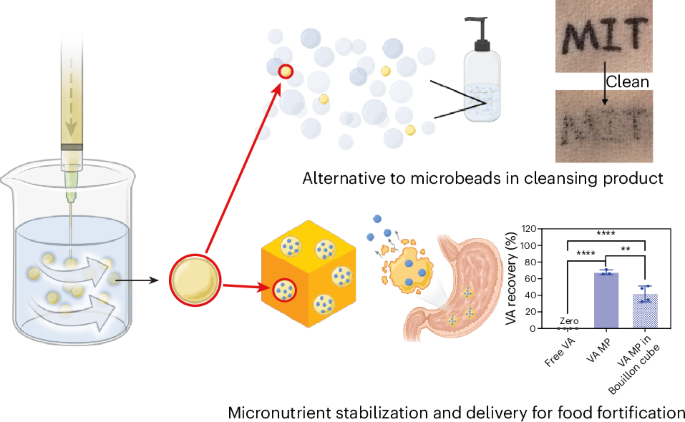2024-12-09 ミシガン大学
<関連情報>
- https://news.umich.edu/faster-organic-phosphorescence-for-better-display-tech/
- https://www.nature.com/articles/s41467-024-51501-8
有機発色団-遷移金属ジカルコゲナイドハイブリッドから、空間スピン軌道近接効果によりマイクロ秒三重項発光を発見 Microsecond triplet emission from organic chromophore-transition metal dichalcogenide hybrids via through-space spin orbit proximity effect
Jinho Choi,Healin Im,Jung-Moo Heo,Do Wan Kim,Hanjie Jiang,Alexander Stark,Wenhao Shao,Paul M. Zimmerman,Gi Wan Jeon,Jae-Won Jang,Euy Heon Hwang,Sunkook Kim,Dong Hyuk Park & Jinsang Kim
Nature Communications Published:02 December 2024
DOI:https://doi.org/10.1038/s41467-024-51501-8

Abstract
Efficient light generation from triplet states of organic molecules has been a hot yet demanding topic in academia and the display industry. Herein, we propose a strategy for developing triplet emitter by creating heterostructures of organic chromophores and transition metal dichalcogenides (TMDs). These heterostructures emit microsecond phosphorescence at room temperature, while their organic chromophores intrinsically exhibit millisecond phosphorescence under vibration dissipation-free conditions. This enhancement in phosphorescence is indicative of significantly enhanced spin-orbit coupling efficiency through coupling with TMDs. Through detailed studies on these hybrids from various perspectives, we elucidate key features of each component essential for generating microsecond triplet emission, including 2H-TMDs with heavy transition metals and aromatic carbonyl with an ortho-hydroxy group. Our intriguing findings open avenues for exploring the universal applicability of fast and stable hybrid triplet emitters.



